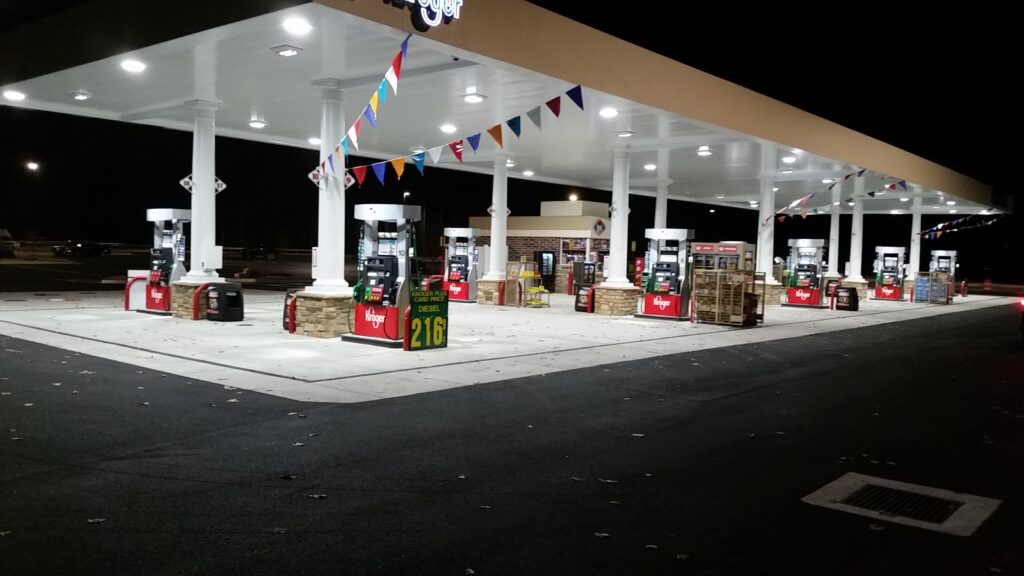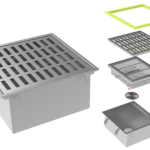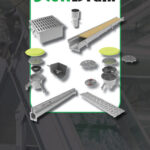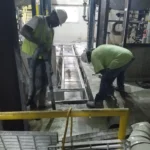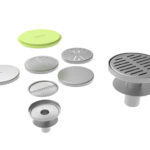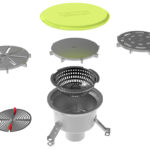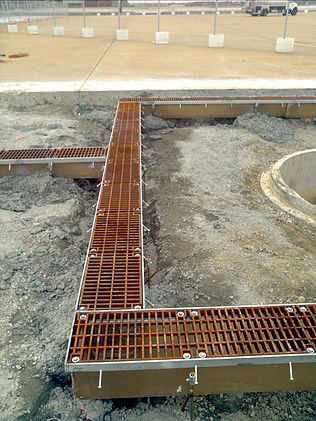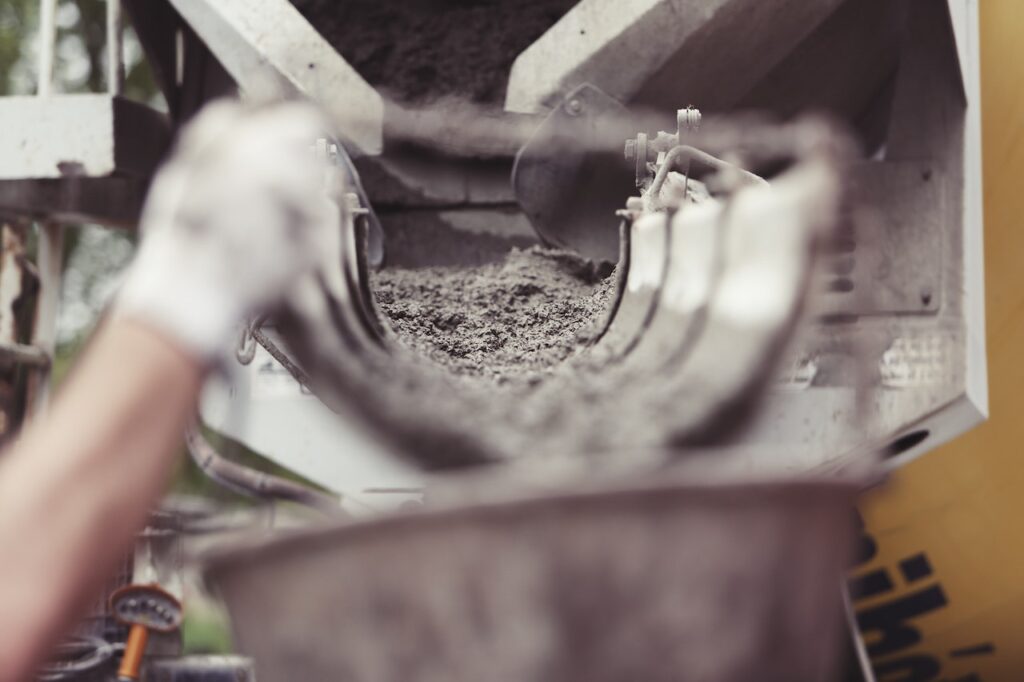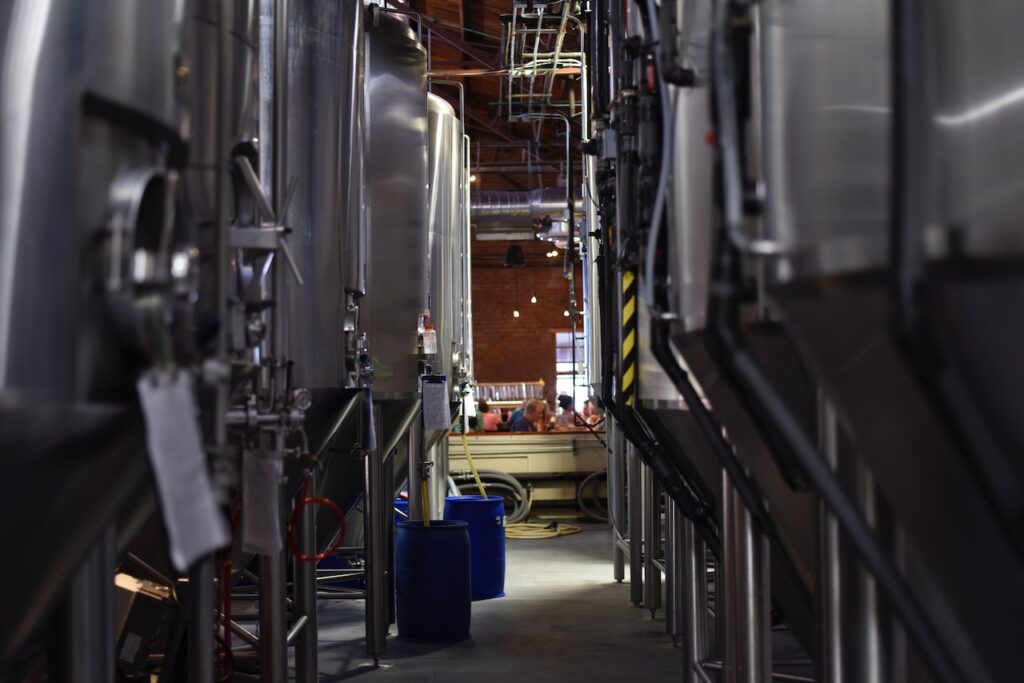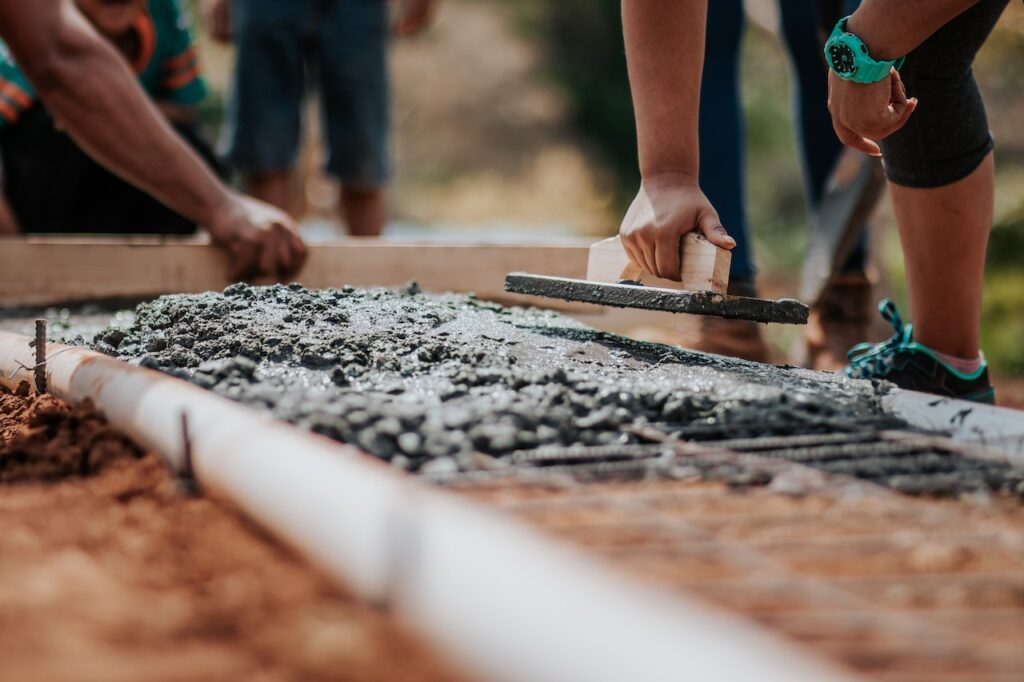Keeping moisture out of your basement is key for the health of your entire family. It is also important to ensure that your home’s foundation is not undermined, leading to structural problems that are very expensive to repair. Homes with wet basements are opened up to black mold, crumbling walls, peeling paint, and structural issues that can become very significant and hard to fix.
If you need to address the drainage situation in the area around your basement and the foundation of your home, a trench drain is a great solution for this need. Trench drains are cost-effective to install, reliable, and highly durable. This is almost always the best way to ensure that your basement is not filled with water during the winter months.
How do I Know if my Basement is Wet?
This might seem like a silly question, but not all basements flood when they get too wet. Everyone imagines walking into a basement filled with standing water as the first warning sign of a wet basement, but this is rarely the case. The symptoms of a wet basement can be very subtle, leading to homeowners missing the early warning signs that could prevent structural damage and problems with mold and mildew. The fact that basements tend to be cool and dark places can only increase the chances that you might not see signs of a mild leak at first. After all, if it’s cool and dark in the space all the time, you might not notice the wetness in the air or on surfaces.
The most common early warning signs of a basement that is getting too wet are damp patches on the ceiling or the walls. Another common early warning sign is peeling or sticky paint or wallpaper that is coming off the walls. If the windows seem to have a lot of moisture collected on them, this can also be a sign of excess moisture in the air in your basement.
Mold and mildew can also hide from you, so you will need to be sure to look for these signs of wetness in the basement by moving furniture away from the walls or looking under furniture. If you see any mold or mildew, there is a very good chance that your basement needs a better drainage solution. Obviously, a basement with standing water or very wet walls needs a trench drain to be installed right away, but you might not see these obvious signs that there is an issue in your home’s basement.
Homeowners need to be proactive about checking on the health of their basement by inspecting surfaces, feeling the carpets and the walls for dampness, and being sure to check to see if moisture is collecting on the windows or the door sills inside the basement space. The sooner that you notice that there is an issue with water getting into the basement, the better. Trench drains are very easy to install, and you will not have to wait around for good weather to get them placed in or around your basement. The sooner your basement is dry and secure, the better. A wet basement can threaten the health of you and your family, but it can also impact the health of your home’s foundation.
Why do Basements Get Wet?
This is often a question that needs to be answered before you pick the kind of trench drain that you install and before you select the installation location. Basements can get wet for a few reasons, and knowing which problem is the root cause of your wet basement is key. You will need to figure out why the water is getting in so that you can be sure that you can fully resolve the problem.
In some cases, groundwater from rain and snow is the culprit behind a wet basement. This is very common in old homes, and it happens when the moisture in the ground around the foundation soaks through the walls of the basement. This can also be caused by humid air that is generated by hydrostatic pressure against the foundation wall. The combination of the actual standing water and the humidity that standing water creates can lead to an almost endless supply of water to fill up your basement.
Installing drainage can alleviate this hydrostatic situation, and it can also make it much easier to get the moisture out of the soil around the foundation, sending it to collection locations like storm drains. The kind of soil that you have in your area can be a big part of the reason for groundwater leaks, and heavy clay soils are the most likely to retain water and create hydrostatic pressure against the foundation.
There are other issues that might be causing your wet basement problem, such as improperly sealed windows or places where the walls have been damaged enough to allow rainwater and other moisture to pour into the basement. You will, of course, need to attend to these problems along with the drain installation process if you want your basement to stay dry. However, it is important to note that sometimes things like windows fail due to the hydrostatic pressure problem, meaning that your drainage installation might make it easy to keep the windows, doors, and walls of the basement in good health for the future.
Always be sure that you check on the health of the vents that lead out of laundry rooms, bathrooms, and areas where cooking is being done in the basement as well. These are common culprits for water to get into the basement, and the same logic applies to fixing the problem if these areas are where the water is getting in. You will probably still need to install drainage in or around your basement, but you will also need to address the reason for the leaks that are causing water to invade the basement at the same time.
Why Do Trench Drains Work so Well for Basement Applications?
Trench drains are highly effective for basement applications because they can be placed inside or outside of the home. You can actually put a trench drain into the flooring in your basement to capture and remove water or moisture build-up, or you can elect to place a trench drain outside to stop water from soaking through the soil around the foundation and coming into the basement.
For some applications, such as very old homes, this is the only viable way to add drainage and prevent problems with the foundation and the health of the basement space. Dampness in the basement of homes used to be considered normal, but today’s building codes and requirements make it clear that wet basements are an issue that must be brought up to code.
Trench drains are ideal for this kind of use because they are so simple to disguise, and they are not at all obtrusive. You can even add decorative gratings to your drains to make sure that your home’s exterior yard areas or the interior drains in the floor of the basement look like part of the décor that you have planned in and around your home. These drains can also be counted upon to be easy to install even in tight spaces because there is relatively little excavation that usually needs to be done to install a trench drain.
There are also many sizes of trench drains that you can choose from, so you will have no trouble removing water runoff from the basement with this solution in place. Most basement applications will not require a very large drain, but prefabricated drains are available in a wide array of sizes and styles. Even the materials are up to your choice, and you can elect to go with sturdy metal drains if you want to increase the longevity of your drainage solution.



